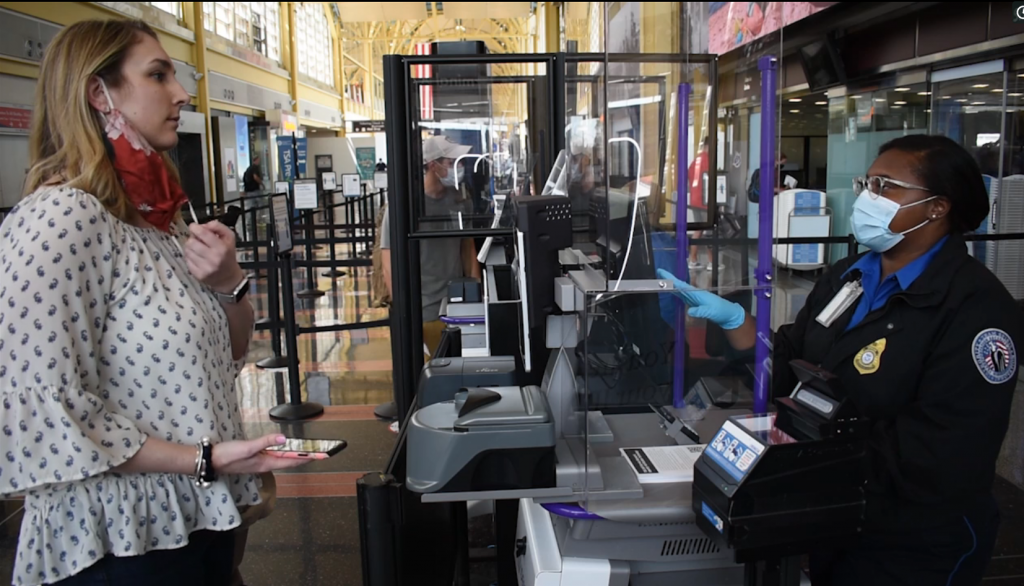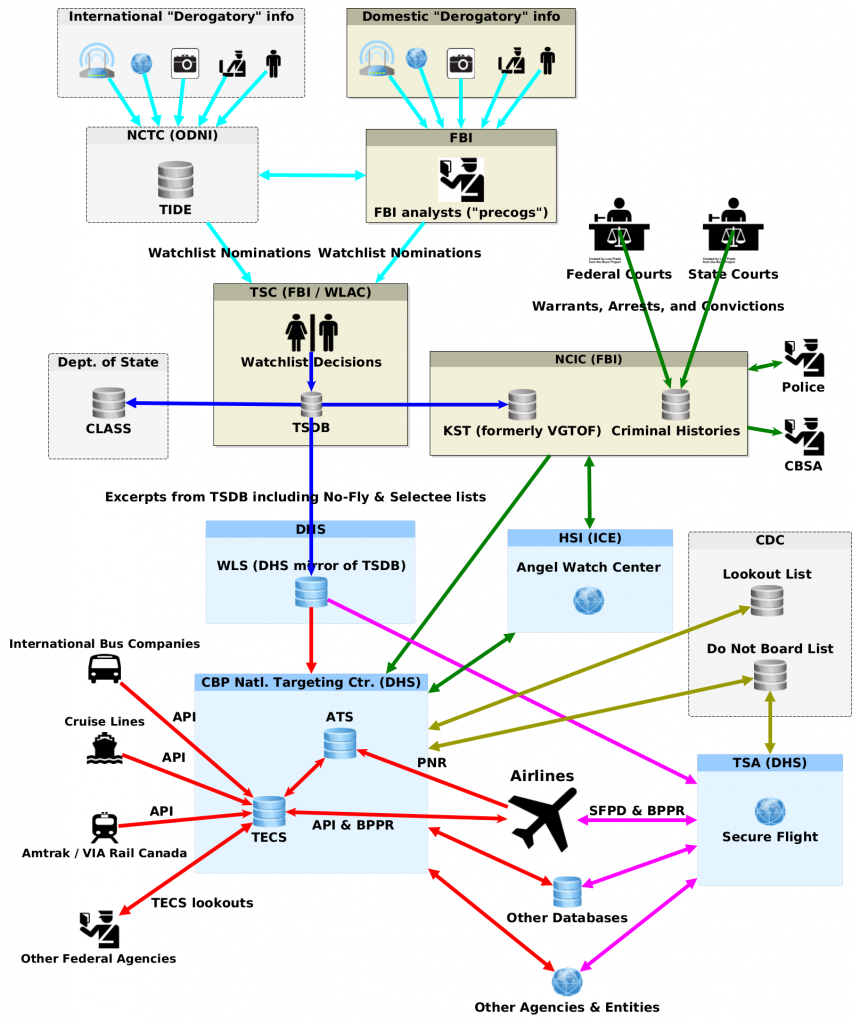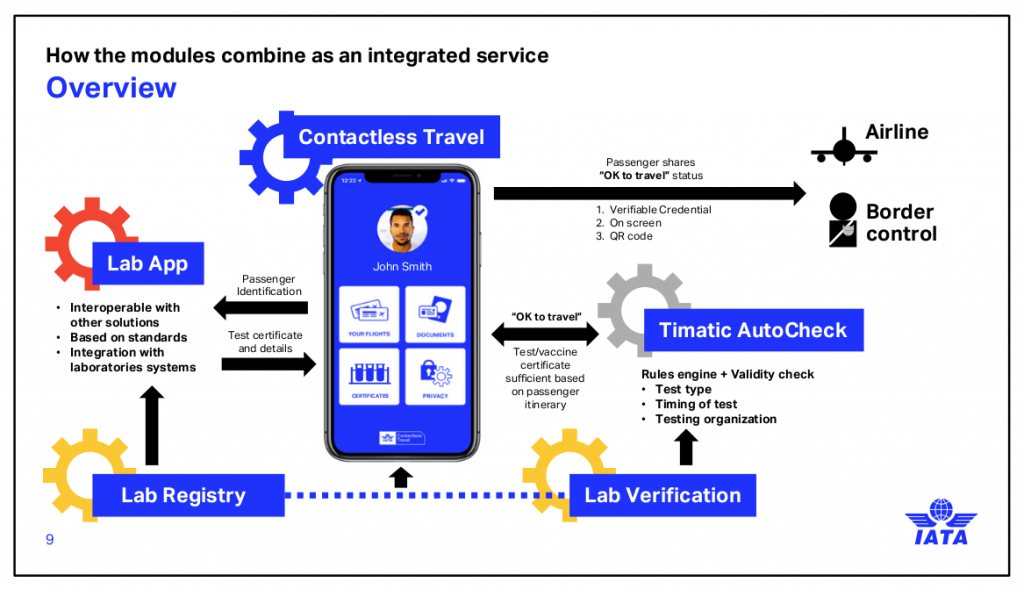CDC orders air travelers to unmask for government surveillance
Putting government surveillance and control of travelers ahead of what is supposed to be their mission of protecting of the public against infectious diseases, the U.S Centers for Disease Control and Prevention (CDC) has ordered that, effective today, all air travelers must risk their lives by removing their face masks on demand of Transportation Security Administration (TSA) checkpoint staff or airline ticketing or gate agents.
Until today, as we have noted previously, many state and local health orders issued in response to the COVID-19 pandemic required everyone in public indoor spaces such as airports to wear face masks, without any exception that would have applied at TSA checkpoints. Although we are not aware of any litigation that ensued, air travelers could have asserted their right — and even their duty — not to remove their face masks, under pain of criminal penalties for violating public health orders.
The CDC order effective today appears to be designed to preempt those state and local health orders, and open the door for the TSA, TSA contractors, and airline staff to endanger the lives of air travelers in the interest of surveillance and control (by the TSA) and “revenue protection” against transfers of nontransferable tickets (by airlines):
The requirement to wear a mask shall not apply under the following circumstances: … When necessary to temporarily remove the mask to verify one’s identity such as during Transportation Security Administration screening or when asked to do so by the ticket or gate agent or any law enforcement official.
The CDC order aloows — and, in fact, requires — TSA and airline staff and contractors to leave their masks on. Only travelers’ lives are to be endangered.
It remains unclear, of course, whether it is “necessary .. to verify one’s identity” either to the TSA, its contractors, or airline staff, much less whether looking at faces is the way to do so. We think not. But whatever the legality of “ID verification”, the CDC officials responsible for this unmasking order should be ashamed of their betrayal of their medical mission and for promulgating an “insecure flight” requirement.



